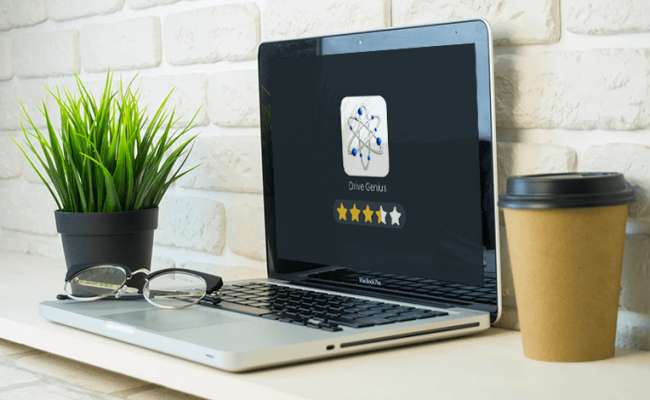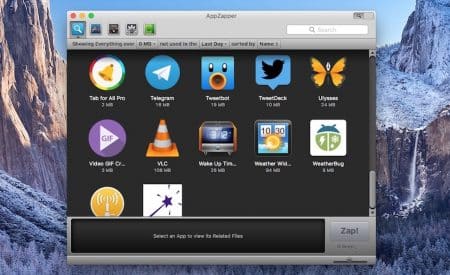

- #Appzapper pc mac osx#
- #Appzapper pc drivers#
- #Appzapper pc update#
- #Appzapper pc upgrade#
- #Appzapper pc software#
#Appzapper pc upgrade#
Note that this trial is limited to a few uses after which you have to pay to upgrade to the full version. Cleaning though takes a matter of seconds. The only criticism I have is that there is no way to Select All which, if you're dealing with hundreds of files left behind, takes a long time to select them all. I discovered a huge number of files using this that AppCleaner had obviously left behind. Orphans searches for files that are not associated with any applications anymore and have probably been left behind. My favorite feature in AppDelete was Orphans. There is an Undo feature in AppDelete too but it seems this only rolls back the last change that you made, not successive ones before that.

Its a good idea to save this file as you can use it for future reference in case of system problems and it turns out you've accidentally deleted an important file. AppDelete also lets you keep a log of what you are removing. You can uncheck the ones you want to keep in the AppDelete window or remove them all.

These are normally receipts and library preference files.
#Appzapper pc update#
You should always read the system requirements of an update or a new version of software.Immediately, AppDelete will reveal the associated files that need deleting with the applications. If someone never updates anything, or some things but not others, they don’t get the benefit of everything working optimally.
#Appzapper pc drivers#
Generally speaking, updates to operating systems, DAWs, drivers and plug-ins make things better, faster and more stable.

This one is as old as the hills but it’s still relevant.
#Appzapper pc software#
Some software now also allows you to create custom lists of plug-ins, which is another great timesaver since it stops you having to plough through an endless lists of modules to find the one that you want. This should speed up the startup of your DAW, simplify the plug-in ‘chooser’ menu and generally make life simpler. However, if you have some plug-ins that you don’t want to delete but also won’t need to use for a while, consider deactivating them. In many cases it’s no longer necessary to actually uninstall a plug-in, should you decide that you don’t need it to be active, you can just tell your DAW not to load it on initial startup via the ‘manager’ window. 7: Keep an Eye on What You InstallĪ lot of system slowdowns result from rogue or outdated drivers, and applications or plug-ins which are using resources, loading when they’re not needed or just generally taking up space. Most apps are 32-bit compatible so even where, for example, a plug-in is a little older, it should run fine but won’t be able to take advantage of as much memory. The reason you should run in 64-bit mode is that it enables your apps and system to address large amounts of RAM which, in turn, improves performance and also lets apps execute certain processes more quickly. On Windows you can open the Task Manager > Details tab and choose to display the Platforms column, which will show you a list of what mode your apps are running in. You can check this on a Mac by performing ‘Get Info’ on an app and looking at its ‘General’ tab, or in the Activity Monitor. By now, the majority of DAWs are capable of running in 64-bit mode and some do so by default. Windows and OS X have been 64-bit native for some time now, and all modern desktop processors are as well. 2: Know the Limitations of Wi-FiĪlthough you can use wireless hard drives for storage, they don’t offer quick enough performance to handle things like streaming Kontakt libraries efficiently. Laptops, especially Apple models, have limited expansion capability and some are even non-user upgradeable so be aware of this if you’re buying one to make music with. There’s even an argument to be made for prioritising more RAM over spending money on a fractionally faster CPU, since this will offer you better performance in real world situations. Buy a computer that’s got plenty of RAM, or upgrade and expand what you already have, if possible – 4GB is an absolute minimum and 8GB or even 16GB is preferable. This is especially true if you use sample-based instruments, which generally have to be loaded into RAM to one extent or another.
#Appzapper pc mac osx#
Modern audio software can be very memory-hungry and although the newer versions of Windows and Mac OSX have got much better at managing RAM, it’s still one of the main performance bottlenecks on many peoples’ setups.


 0 kommentar(er)
0 kommentar(er)
